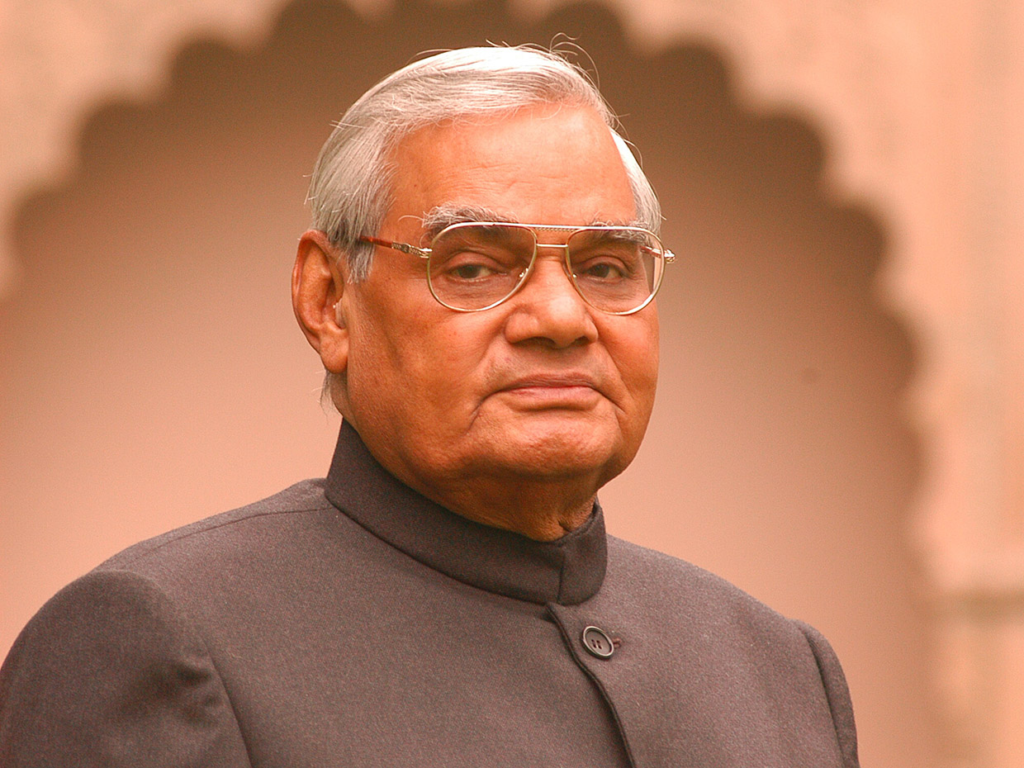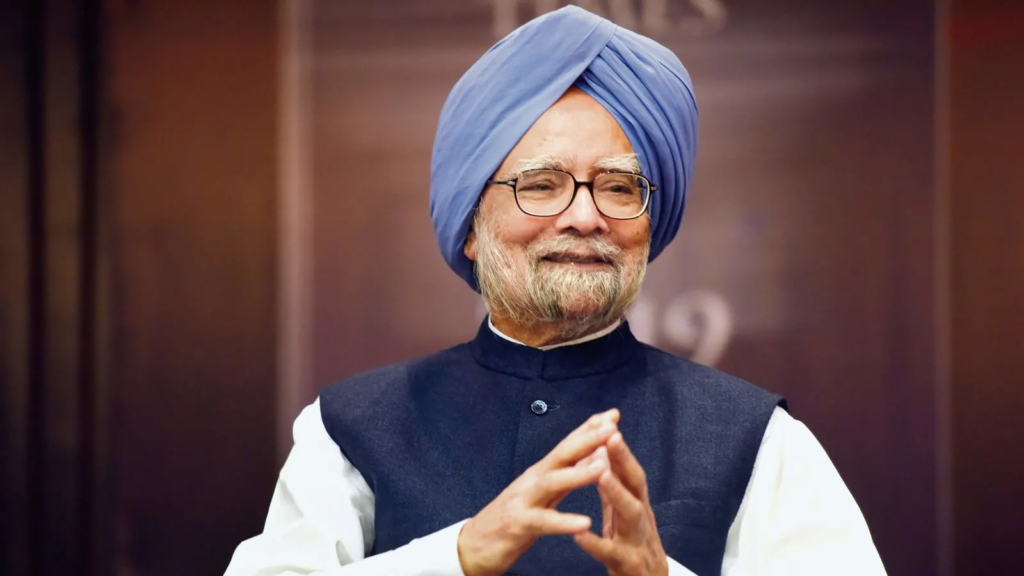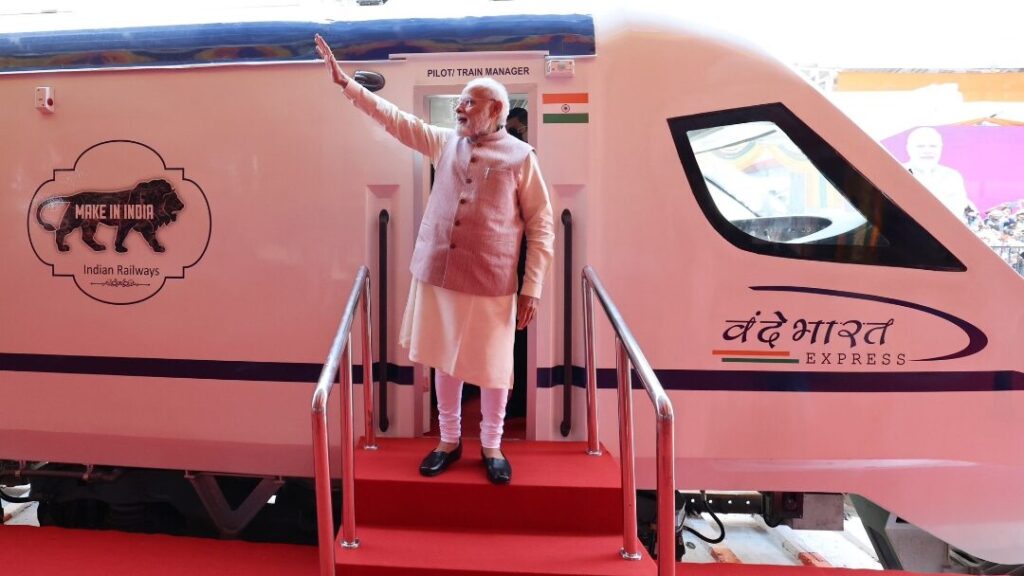India, a land known for its rich culture and diversity, has seen a dynamic array of leaders at its helm since gaining independence in 1947. The political landscape has been marked by leaders from various backgrounds, each contributing in their unique way to the nation’s progress. One aspect that often sparks curiosity and debate is the caste identity of these leaders. While it is essential to approach this topic with sensitivity and an understanding of the complexities involved, examining the caste backgrounds of some of India’s Prime Ministers can shed light on the diverse mosaic of the country’s leadership.

List of Indian Prime Ministers by Their Caste
| Prime Minister | Caste | Category |
| Jawaharlal Nehru | Brahmin | General |
| Gulzarilal Nanda (Acting PM) | Kayastha | General |
| Lal Bahadur Shastri | Kayastha | General |
| Indira Gandhi | Brahmin (by birth), Parsi (by marriage) | General |
| Morarji Desai | Brahmin | General |
| Charan Singh | Jat | OBC |
| Rajiv Gandhi | Parsi (by birth) | General |
| Vishwanath Pratap Singh | Rajput | OBC |
| Chandra Shekhar | Jat | OBC |
| P. V. Narasimha Rao | Brahmin | General |
| Atal Bihari Vajpayee | Brahmin | General |
| H. D. Deve Gowda | Vokkaliga | OBC |
| I. K. Gujral | Khatris | General |
| Manmohan Singh | Sikh | General |
| Narendra Modi | OBC |
1. Jawaharlal Nehru:

- Caste: Brahmin
- Background: Born into a family of prominent leaders and scholars, Nehru was a key figure in the Indian independence movement. His commitment to secularism and democratic values shaped the early years of independent India. Nehru’s tenure witnessed the formulation of the Five-Year Plans, the establishment of key institutions, and the initiation of non-aligned foreign policy.
2. Gulzarilal Nanda (Acting PM)
- Caste: Kayastha
- Background: Gulzarilal Nanda served as the Acting Prime Minister of India on two occasions, first after the demise of Jawaharlal Nehru in 1964 and then again after the sudden passing of Lal Bahadur Shastri in 1966. Nanda was a dedicated politician and an economist. He played a crucial role during transitional periods, providing stability and continuity until a new Prime Minister was elected.
3. Lal Bahadur Shastri

- Caste: Kayastha
- Background: Hailing from a humble background, Shastri’s leadership was defined by simplicity and integrity. He became Prime Minister after Nehru’s death and led the country during the Indo-Pak war of 1965. Shastri’s famous slogan “Jai Jawan Jai Kisan” (Hail the Soldier, Hail the Farmer) reflected his emphasis on both national security and agricultural development.
4. Indira Gandhi

- Caste: Brahmin (by birth), with Parsi heritage
- Background: The only woman to have held the office of Prime Minister in India, Indira Gandhi’s leadership was marked by periods of authoritarianism and transformative policies. She nationalized banks, abolished princely privileges, and navigated through the Bangladesh Liberation War, leading to the creation of Bangladesh. Her assassination in 1984 left an indelible mark on Indian history.
5. Morarji Desai:
- Caste: Brahmin
- Background: A principled leader, Desai was known for his adherence to Gandhian principles and his ascetic lifestyle. As Prime Minister, he emphasized self-reliance and implemented economic policies aimed at reducing government control. Desai’s tenure saw improved relations with the United States but also faced challenges, leading to his resignation.
6. Charan Singh
- Caste: Jat
- Background: Charan Singh, a prominent political figure, served as the Prime Minister of India from 1979 to 1980. Coming from an agrarian background, Charan Singh was a staunch advocate for farmers’ rights. His tenure focused on agricultural reforms, rural development, and social justice. Charan Singh’s political career was marked by his commitment to issues affecting the farming community.
7. Rajiv Gandhi:
- Caste: A mix of Brahmin and Parsi heritage
- Background: Rajiv Gandhi entered politics after the tragic assassination of his mother, Indira Gandhi. His tenure witnessed both achievements, such as the introduction of technology and educational reforms, and challenges, including the Bofors scandal. The latter part of his term was marked by communal tensions, leading to his electoral defeat.
8. Vishwanath Pratap Singh

- Caste: Rajput
- Background: Singh’s leadership focused on social justice, as seen in the implementation of the Mandal Commission recommendations, providing reservations to OBCs in government jobs. His tenure also grappled with economic challenges and communal tensions, leading to the Mandal-Mandir debates.
9. Chandra Shekhar:
- Caste: Jat
- Background: Chandra Shekhar, a charismatic leader, served as the Prime Minister of India for a brief period in 1990-1991. He was known for his strong advocacy for social justice and farmers’ issues. Chandra Shekhar’s tenure faced challenges due to economic difficulties and political instability, but his dedication to grassroots issues left an impact.
10. P. V. Narasimha Rao

- Caste: Brahmin
- Background: P. V. Narasimha Rao, often referred to as the “Architect of Modern India,” was a key figure in Indian politics. As Prime Minister from 1991 to 1996, his tenure marked a crucial phase of economic reforms, liberalization, and globalization. Rao’s leadership was instrumental in steering India through a transformative period, although it faced criticism for certain political decisions.
11. Atal Bihari Vajpayee

- Caste: Brahmin
- Background: A charismatic orator and poet, Vajpayee’s leadership marked a shift with the first non-Congress government to complete a full term. His tenure saw the Pokhran nuclear tests and a focus on infrastructure development. Vajpayee’s inclusive approach and commitment to regional stability left a lasting impact.
12. H. D. Deve Gowda:
- Caste: Vokkaliga
- Background: H. D. Deve Gowda, a prominent leader from Karnataka, served as the Prime Minister of India from 1996 to 1997. Coming from an agricultural background, Deve Gowda’s leadership focused on rural development and farmers’ issues. His tenure, however, was short-lived and marked by coalition politics.
13. I. K. Gujral:
- Caste: Khatris
- Background: I. K. Gujral, a seasoned politician and diplomat, became the Prime Minister of India in 1997. His tenure emphasized regional diplomacy and efforts to improve relations with neighboring countries. Gujral’s “Gujral Doctrine” outlined principles for fostering peaceful relations in South Asia. His leadership reflected a commitment to diplomatic solutions.
14. Manmohan Singh

- Caste: Sikh
- Background: An eminent economist, Singh served as the architect of India’s economic reforms in the early 1990s. As Prime Minister, he continued to focus on economic liberalization, fostering international relations, and advocating for social inclusion. Singh’s tenure faced criticism for certain policy decisions but is acknowledged for economic growth.
15. Narendra Modi

- Caste: OBC (Other Backward Class)
- Background: Narendra Modi, the current Prime Minister of India, assumed office in 2014 and was re-elected in 2019. Before his political career, Modi served as the Chief Minister of the state of Gujarat. Known for his dynamic leadership style, Modi has implemented various initiatives such as “Make in India,” “Swachh Bharat Abhiyan,” and economic reforms. A focus on development, digital governance, and foreign policy has marked his leadership.
These brief snapshots highlight the diverse backgrounds, challenges, and contributions of each Prime Minister. It’s important to note that these leaders navigated through complex socio-political landscapes, leaving a lasting impact on the trajectory of India’s development. The nuances of their leadership styles and the historical context in which they governed contribute to the rich tapestry of India’s political history.
Keep visiting The Ganga Times for such beautiful articles. Follow us on Google News, Facebook, Twitter, Instagram, and Koo for regular updates.
